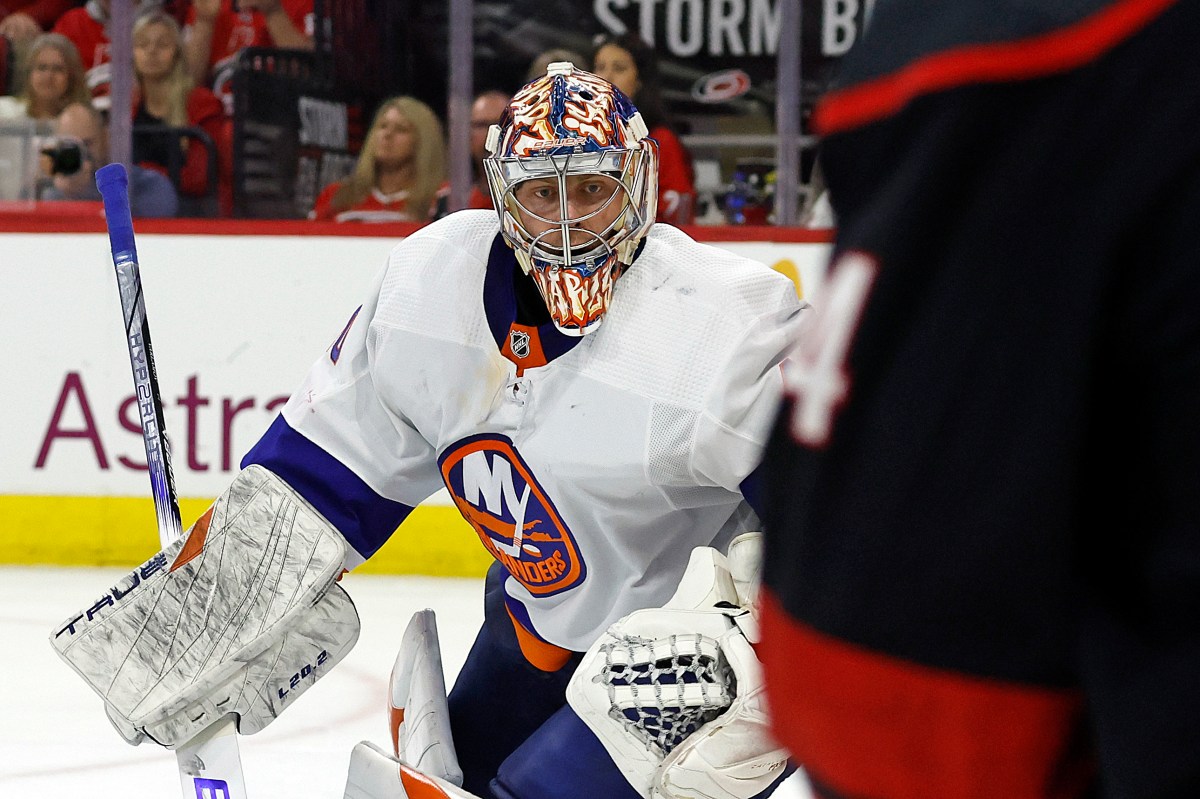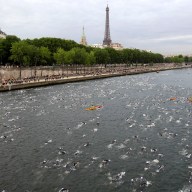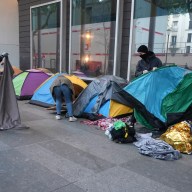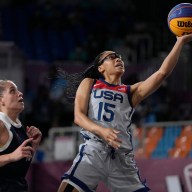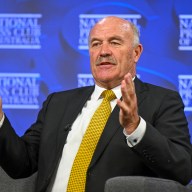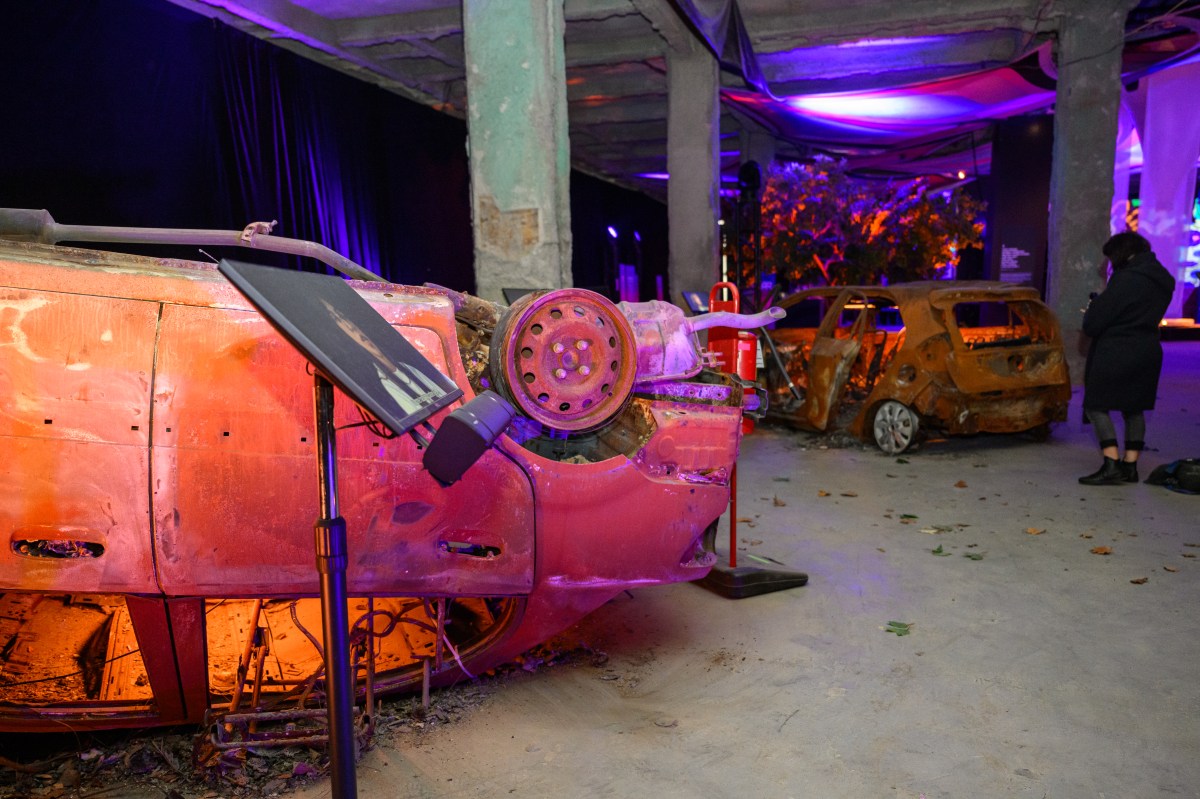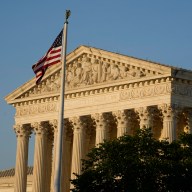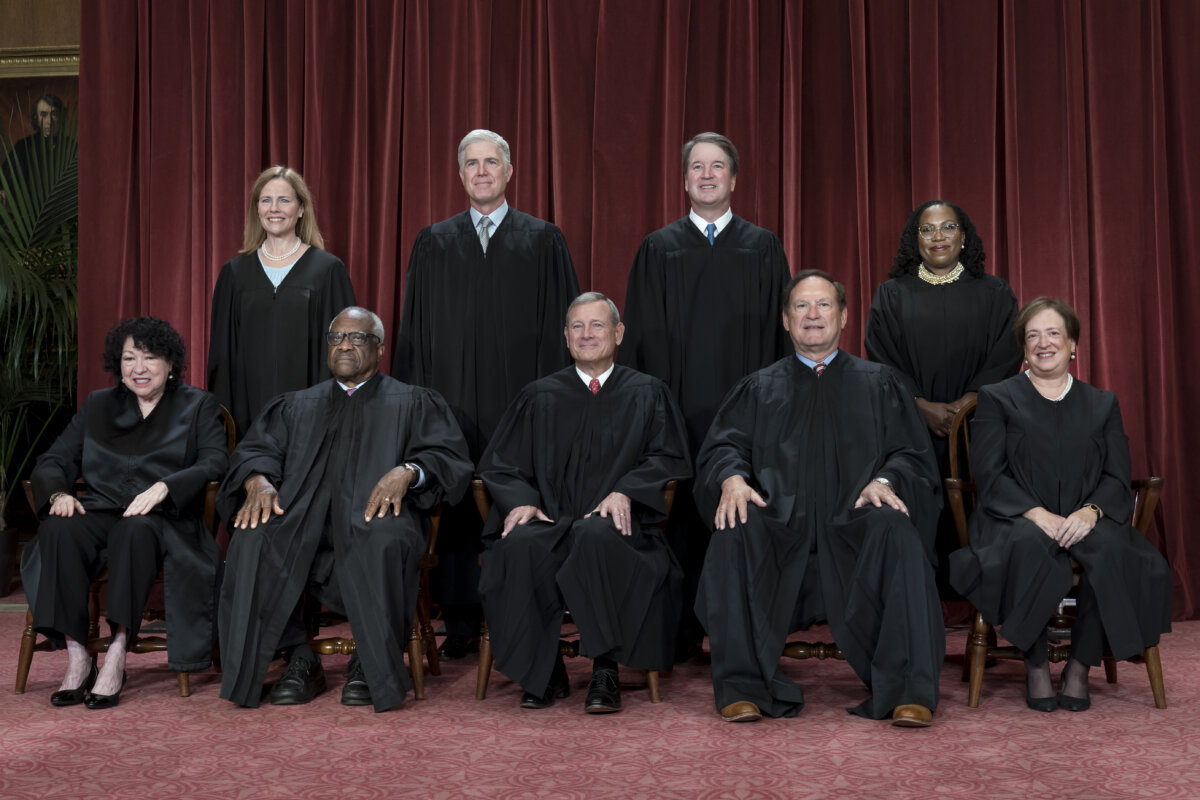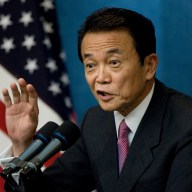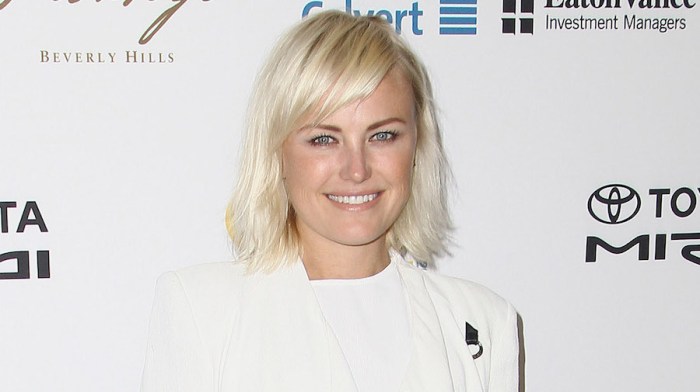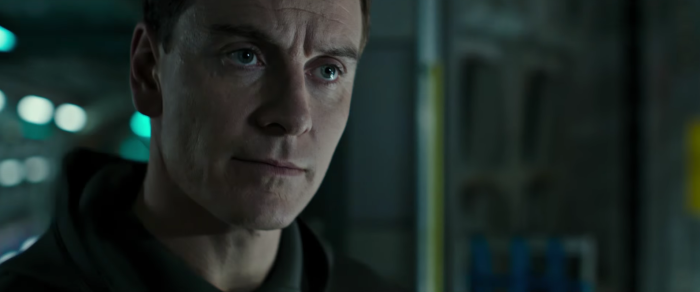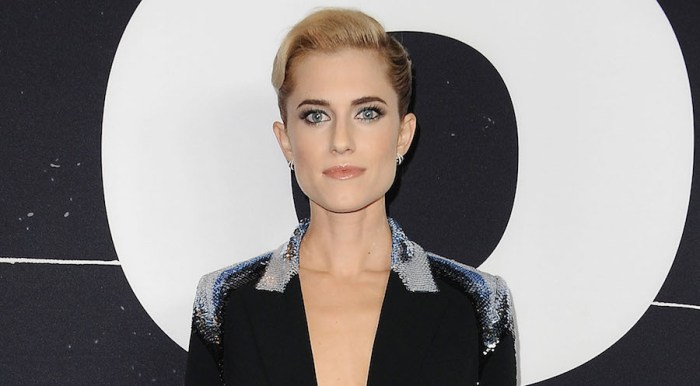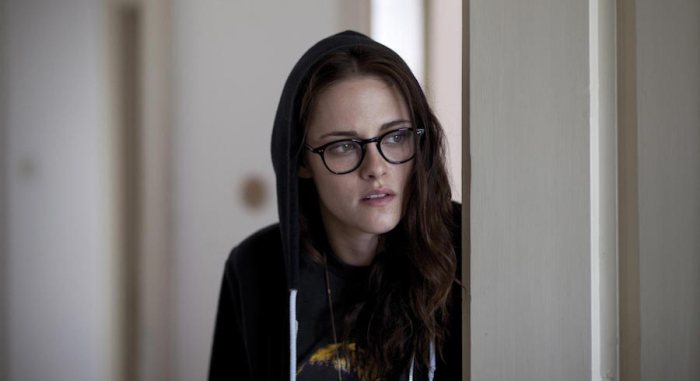‘Busby Berkeley’ The real stars of Busby Berkeley musicals aren’t Ginger Rogers or Dick Powell or even Carmen Miranda. They’re Busby Berkeley. The ideal Busby number goes something like this: Two matinee idols actors sing a pretty melody. About two minutes in everything goes nuts. Our singers disappear into the background, replaced by untold, leggy dancers moving together in bizarre, dense patterns. Like this. Or this. Sometimes they look like kaleidoscopes made of body parts — legs twisting in unison into abstract patterns, shapes so complex that the eyes can’t help but pop out. During his heyday in Hollywood’s early-to-mid ’30s Pre-Code era — and then again in 1943’s bonkers Technicolor freak-out “The Gang’s All Here” — Berkeley, as choreographer and sometimes also director, created some of the wildest images in cinema. Snip the best parts from the films that contain them, and he’s an avant-garde god, using bodies the way Stan Brakhage used paint or moths on splicing tape. Still, don’t ignore the stuff you have to get through — the manic, fizzy, interchangeable stories that tie all this together — to get to the gold. Worth noting is the plots of his biggies — including “42nd St.”, “Dames” and “The Gold Diggers of 1933” — involve backstage panic, performers struggling to get by. In “Footlight Parade,” no less than James Cagney plays the frenzied, barking Berkeley stand-in. These tales were light but still gritty. They put a happy face on Depression-era struggles while still placing them front and center. RELATED: The Metrograph’s Maggie Cheung series gives you art and Jackie Chan And yet when Berkeley set pieces really take off, reality goes bye-bye. What on screen were supposed to be stage numbers, viewed by rapt theatergoers, suddenly and unexplainably drift off into a purely cinematic realm. The dancers spread out into unlimited space, performing only for a camera. Usually it takes a god’s eye view; sometimes it glides through an army of legs spread just enough for it to slink by. (When Broadway turned “42nd St.” into a show in the ’80s, the best it could do was tilt a mirror at an angle so audiences could maybe, sort of see what the dancers were doing.) Black-and-white was Berkeley’s preferred and most-used format — especially before the Production Code was finally enforced in 1934, before those blindingly white legs had to be covered up. Berkeley lost some of his magic after that, and some of the films in Film Forum’s Berkeley retro — like 1937’s all-star “Hollywood Hotel” — don’t contain any signature Busby bits. But hang tight for “The Gang’s All Here,” which is like catching in with John Coltrane after he heard Ornette Coleman. Berkeley got his groove back with a vengeance, filling this cavalcade with floating disembodied heads, hot red hula hoops and Carmen Miranda’s headdress supersized by an enormous, banana-filled backdrop looming above her. It offers an avant-la-lettre response to Werner Herzog’s plea for new images in an era when they’re worn-out. If you’ve never sat down for this nutty lark, you’ve truly seen nothing yet.
Film Forum
Through Dec. 15
Film Forum’s Busby Berkeley series is set to pop your eyes out
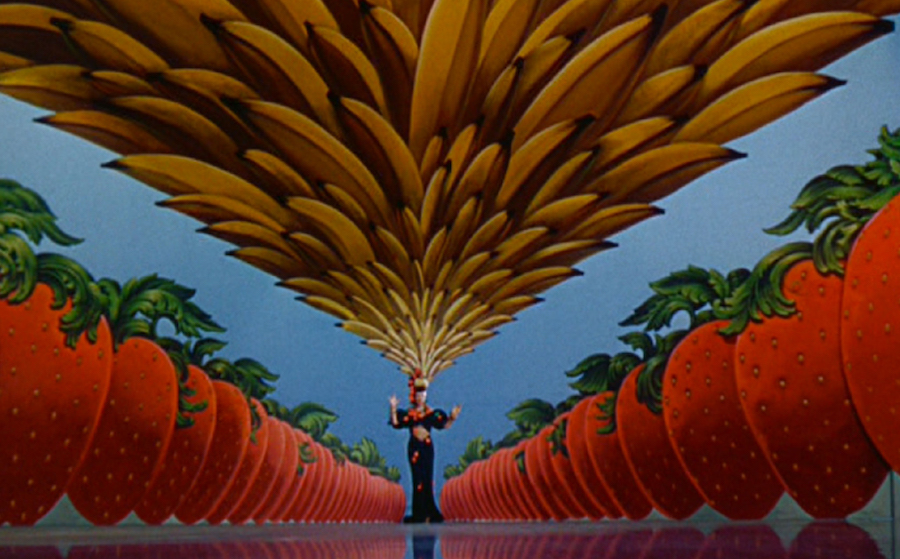
Film Forum
“Busby Berkeley” runs through Dec. 15 at Film Forum. Visit the site for showtimes and tickets.
Follow Matt Prigge on Twitter @mattprigge

